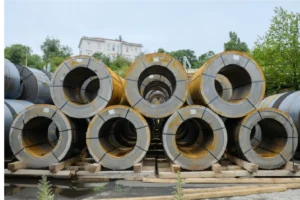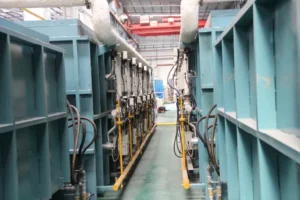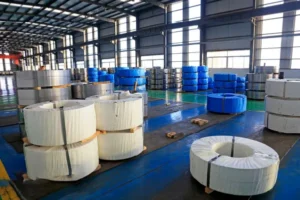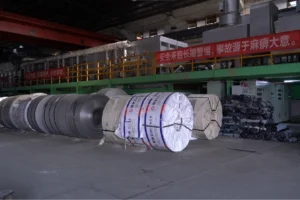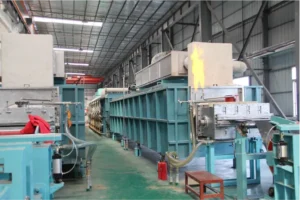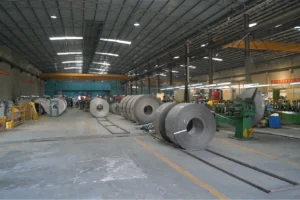How to Interpret Stainless Steel Coil Chemical Composition for Better Performance
Choosing the wrong steel grade leads to costly failures. This risks product integrity and your reputation. Understanding the chemical data sheet is your key to preventing these critical errors.
Interpreting stainless steel coil chemical composition involves analyzing key elements like chromium and nickel to match material properties—such as corrosion resistance and strength—with your specific application's performance demands. It's about translating data into reliability and longevity for your final product.
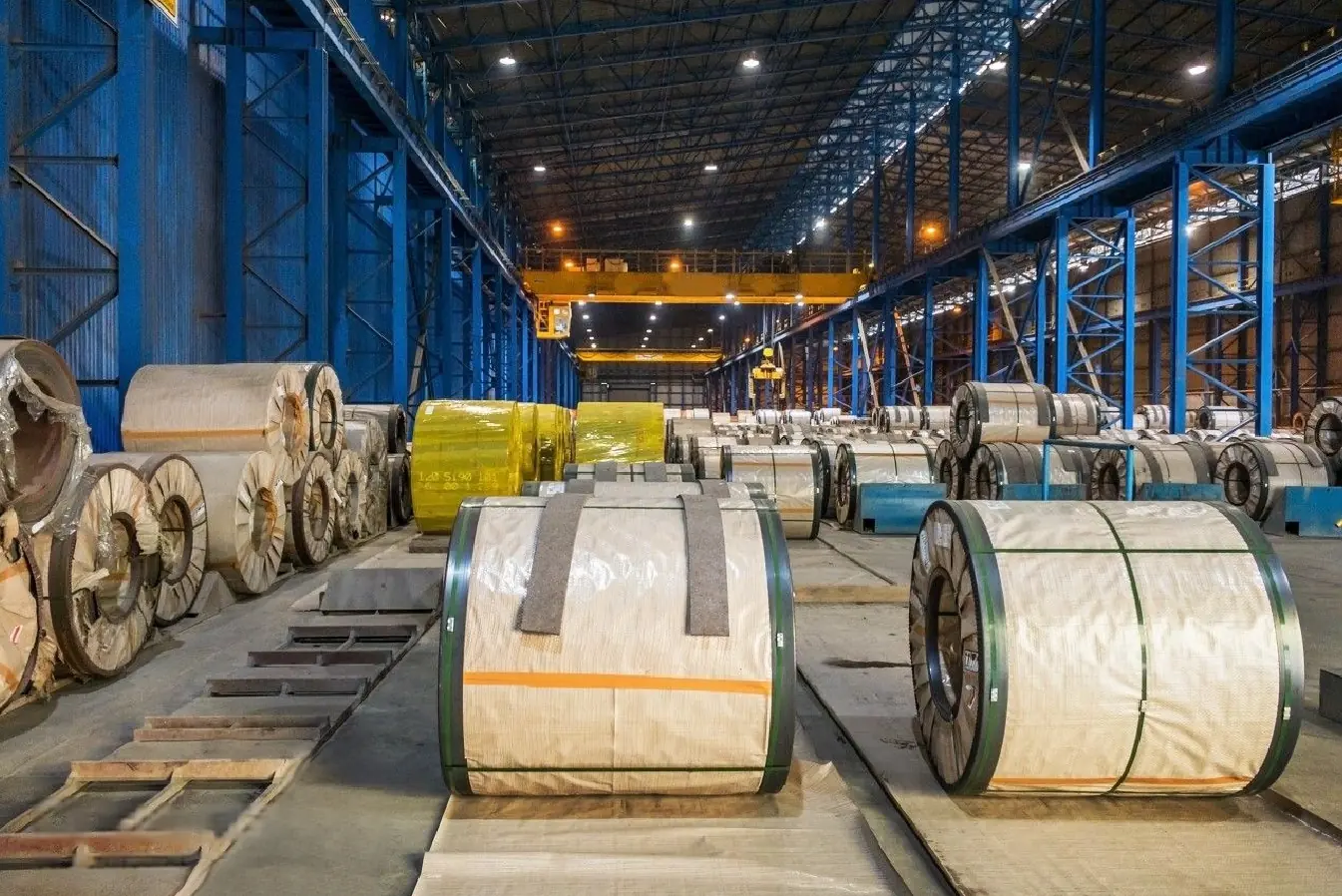
A chemical composition sheet can seem intimidating, filled with numbers and symbols. But it's actually a blueprint for performance. As Global Business Director at MFY, I've seen firsthand how a deep understanding of this blueprint separates successful projects from failed ones. It’s the difference between specifying a material that lasts for decades and one that fails prematurely. In this guide, I'll walk you through a simple, five-step process to decode this data, empowering you to make smarter, more cost-effective material choices for any application.
Step 1: How do you understand the basics of stainless steel coil composition?
A data sheet can look like a complex chemical code. Misinterpreting this code can be a very expensive mistake. Let's start with the foundational principles to decode it properly.
Understanding the basics means recognizing that stainless steel is an iron alloy with a minimum of 10.5% chromium. The composition sheet lists the percentage of each element, which collectively defines the steel's grade, properties, and ultimate performance in its intended environment.
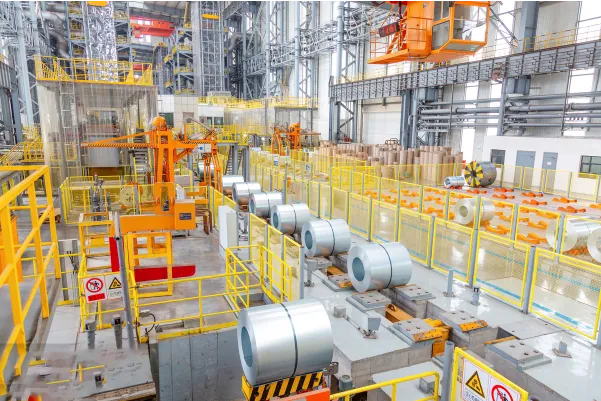
At its core, a stainless steel coil is not a single material but a carefully crafted recipe. The base ingredient is always iron (Fe), but the magic happens with the addition of other elements, known as alloying elements. The single most important of these is chromium (Cr). It's the chromium that reacts with oxygen in the air to form a thin, invisible, and corrosion-resistant passive layer on the steel's surface. This is what makes stainless steel "stainless." From this fundamental starting point, we can begin to categorize different types of stainless steel based on their crystalline structure, which is determined by their chemical makeup.
Major Stainless Steel Families
The composition directly influences the material's microstructure, grouping it into distinct families. Each family offers a different balance of properties, making them suitable for different applications.
| Family | Key Alloying Elements | Core Characteristics |
|---|---|---|
| Austenitic | Chromium, Nickel | Excellent corrosion resistance, formability, non-magnetic. (e.g., 304, 316) |
| Ferritic | Chromium | Good corrosion resistance, magnetic, lower cost. (e.g., 430) |
| Martensitic | Chromium, Carbon | High strength and hardness, can be heat-treated. (e.g., 410, 420) |
| Duplex | Chromium, Nickel, Molybdenum | High strength and resistance to stress corrosion cracking. (e.g., 2205) |
Understanding these basic families is the first step. When you look at a composition sheet, you're not just seeing numbers; you're seeing the ingredients that determine which of these families the steel belongs to, and therefore, its fundamental performance characteristics.
Step 2: Which key elements in stainless steel should you identify and what are their functions?
Not all elements listed on a spec sheet are created equal. Focusing on a minor element while ignoring a major one can seriously compromise your entire project. Let's identify the primary players.
The key elements to identify are Chromium (Cr) for corrosion resistance, Nickel (Ni) for ductility and stability, Molybdenum (Mo) for pitting resistance, and Carbon (C) for hardness. Each element plays a distinct, critical role in defining the steel's final performance characteristics.

Think of these elements as a team, where each player has a specific job. Success depends on having the right players on the field for the game you're playing. I remember a client in the marine industry who almost specified a standard 304 grade for a coastal application. We looked at their plans and pointed out the high-chloride environment from the saltwater spray. We showed them how the addition of Molybdenum (Mo), the key differentiator in 316 grade, was non-negotiable for preventing pitting corrosion. That simple switch in composition saved them a fortune in potential maintenance and replacement costs. It all came down to understanding the function of one key element.
The Core Team of Elements
Here's a quick breakdown of the most common elements you'll encounter and their primary roles:
| Element | Symbol | Primary Function | Impact on Performance |
|---|---|---|---|
| Chromium | Cr | Corrosion Resistance | Forms the passive layer that protects the steel from rust and corrosion. |
| Nickel | Ni | Formability & Toughness | Stabilizes the austenitic structure, improving ductility and impact strength. |
| Molybdenum | Mo | Pitting Resistance | Significantly enhances resistance to chloride corrosion, crucial for marine use. |
| Carbon | C | Hardness & Strength | Increases hardness. Must be controlled to avoid reducing corrosion resistance. |
| Manganese | Mn | Strength & Hot Working | Often used to improve strength and as a partial substitute for Nickel. |
| Nitrogen | N | Strength & Pitting Resistance | Increases strength and further improves resistance to pitting corrosion. |
Knowing what each element does is fundamental. It allows you to move beyond simply matching grade numbers and start thinking critically about why a specific grade is the right choice for your needs.
Step 3: How do you analyze the impact of these alloying elements on performance?
The elements don't just act alone; they interact in complex ways. A small percentage change in one element can have a massive impact on overall performance. Let's analyze how they work together.
Analyze the impact by understanding how elements work synergistically. For example, higher chromium and molybdenum content directly boosts corrosion resistance, while nickel enhances formability and toughness. The balance between these elements dictates the steel's final mechanical and chemical properties.
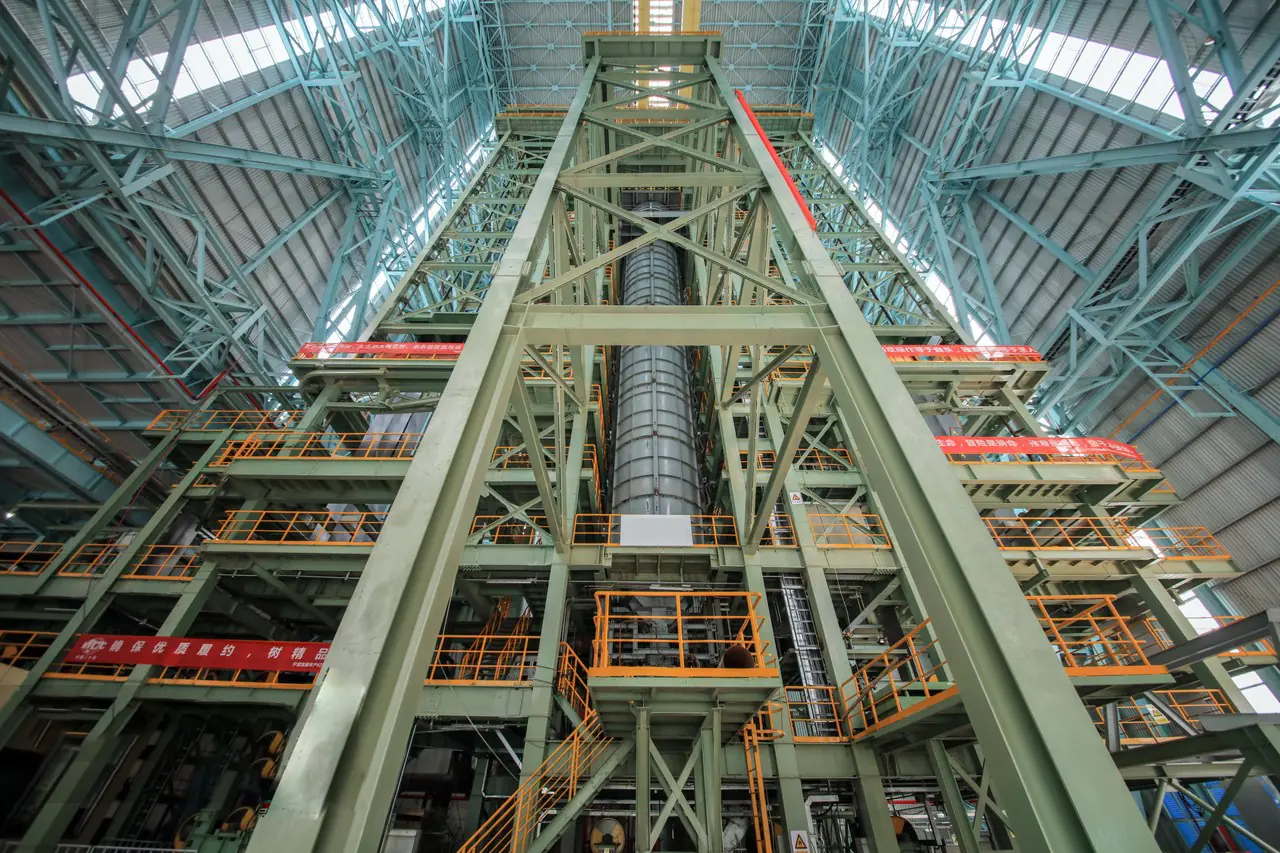
This is where true material expertise comes into play. It's not just about knowing that chromium resists corrosion, but understanding that combining it with molybdenum and nitrogen creates a powerhouse material like Duplex steel, capable of withstanding the harshest offshore environments. At MFY, we are seeing a huge trend in this direction. Sectors like aerospace, medical devices, and advanced chemical processing are pushing the boundaries of what materials can do. They require stainless steels that can perform reliably under extreme temperatures, high pressures, and aggressive chemical exposure. This demand is driving innovation in alloy design, where we strategically tailor chemical compositions to deliver very specific performance outcomes.
Engineering for Specific Outcomes
Let's compare two of the most common austenitic grades, 304 and 316, to see this synergy in action.
| Element | Grade 304 (Typical %) | Grade 316 (Typical %) | Performance Impact of the Change |
|---|---|---|---|
| Chromium (Cr) | ~18% | ~17% | Minimal change; both have excellent general corrosion resistance. |
| Nickel (Ni) | ~8% | ~10% | Slightly improved formability and stability in 316. |
| Molybdenum (Mo) | 0% | ~2-2.5% | This is the game-changer. It dramatically increases resistance to chlorides. |
The addition of just 2% molybdenum transforms the material, making 316 suitable for marine, pharmaceutical, and chemical applications where 304 would quickly fail. This strategic matching of alloy composition to the intended use-case is the core principle of effective material selection.
Step 4: Why is it important to compare chemical composition with industry standards?
Your supplier's data sheet might not tell the whole story. Non-compliance with established standards can lead to catastrophic failures, project delays, and serious legal issues. Always verify the data.
Comparing composition with industry standards like ASTM or EN is crucial for quality assurance. It verifies that the material meets the specified grade's requirements for chemical ranges, ensuring consistency, reliability, and compliance with project specifications and international regulations.
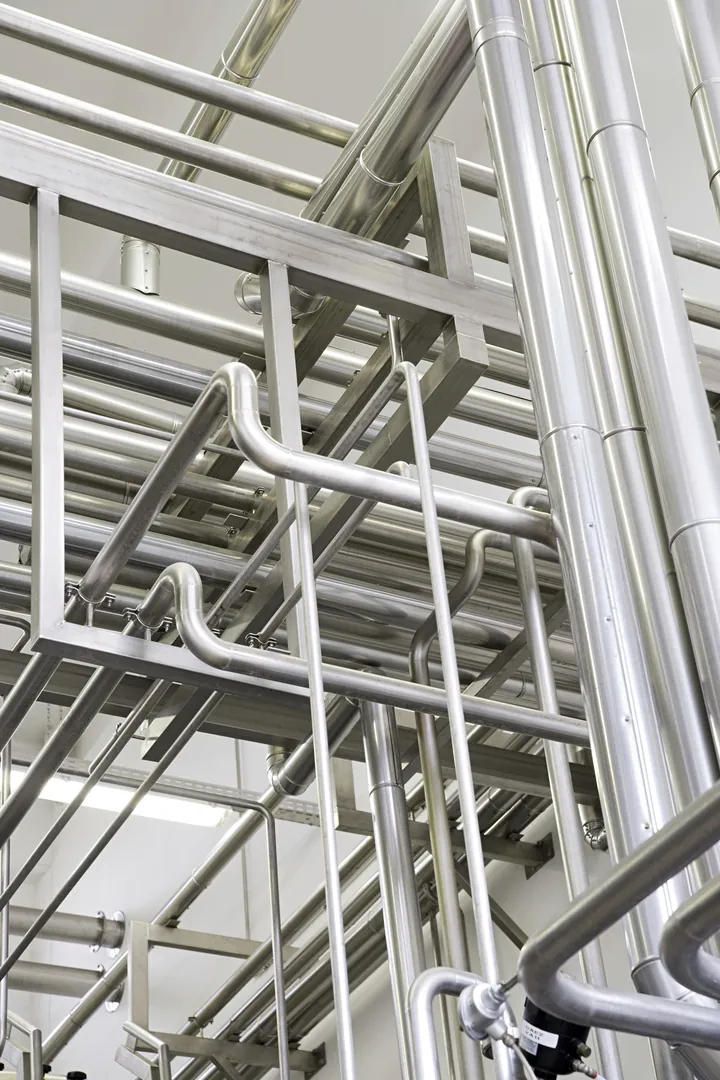
Think of standards as the universal language of quality in our industry. When you specify a grade like "ASTM A240 Type 316," you are referencing a precise set of requirements, including acceptable ranges for every single chemical element. This ensures that a 316 coil from one reputable mill has the same fundamental properties as one from another. This is non-negotiable for any serious project, especially in construction, manufacturing, and infrastructure.
The Role of Standards and Certification
At MFY, we treat this with the utmost seriousness. Every coil we produce and ship is accompanied by a Mill Test Certificate (MTC)[^1].
- What are ASTM and EN Standards?: ASTM (American Society for Testing and Materials) and EN (European Norms) are two of the most prominent standards bodies. Their documents define the precise chemical composition, mechanical properties, and testing requirements for each specific grade of stainless steel.
- The Mill Test Certificate (MTC): This is the material's birth certificate. It is a quality assurance document that shows the results of the actual chemical analysis and mechanical tests performed on that specific batch (or "heat") of steel. You must check the MTC to confirm that the material you received falls within the required ranges for the grade you ordered.
I've seen cases where a company bought material based on a low price, only to discover during fabrication that it didn't perform as expected. An investigation revealed the material was out of spec—the chemical composition didn't match the standard. This is a risk you can't afford to take. The MTC is your guarantee, your proof of compliance.
Step 5: How can you apply composition knowledge for optimal performance?
Theoretical knowledge is not enough to secure an advantage. Applying it incorrectly can waste a high-spec material's potential and inflate costs unnecessarily. Let's turn your knowledge into a competitive edge.
Apply this knowledge by working backward from your application's needs. Define the environment (e.g., chemical exposure, temperature) and required mechanical properties (e.g., strength, formability), then select the grade whose chemical composition best meets those criteria.
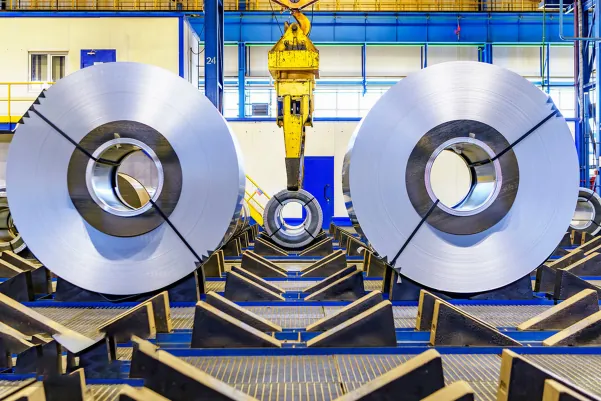
This is the final and most critical step: translating your understanding into a strategic decision. Instead of starting with a grade in mind, start with the problem you need to solve. What are the specific challenges of the application's environment? What does the final product need to do? By defining the performance requirements first, you can pinpoint the exact chemical properties needed, which in turn leads you to the most efficient and effective material choice. This proactive approach prevents both over-engineering (paying for performance you don't need) and under-engineering (risking failure by cutting corners). It’s about precision and optimization.
A Practical Decision-Making Framework
Here’s a simplified way to think through the process for different applications:
| Application | Key Challenge | Required Property | Key Element(s) to Look For | Suggested Grade Family |
|---|---|---|---|---|
| Chemical Processing Tank | Aggressive acids | High corrosion resistance | High Cr, Ni, and Mo | Austenitic (316L) or Duplex |
| Architectural Facade | Urban/Coastal pollution | Pitting resistance, aesthetics | Cr and Mo | Austenitic (316) |
| Kitchen Sink | General household use | Formability, hygiene | Cr and Ni | Austenitic (304) |
| High-Strength Bolt | High mechanical load | Hardness and tensile strength | Cr and C | Martensitic (410) |
This is the consultative approach we take at MFY. We don't just sell stainless steel coils; we partner with our clients to understand their projects deeply. By analyzing their needs, we can help them select a material with a chemical composition perfectly tailored to their goals, ensuring they get the best possible performance and value.
Conclusion
Interpreting a chemical composition sheet is not just a technical task; it is a strategic one. It empowers you to select the right material, ensuring project success, product longevity, and a strong competitive edge in a market that increasingly demands high-performance, reliable solutions.
Have Questions or Need More Information?
Get in touch with us for personalized assistance and expert advice.



